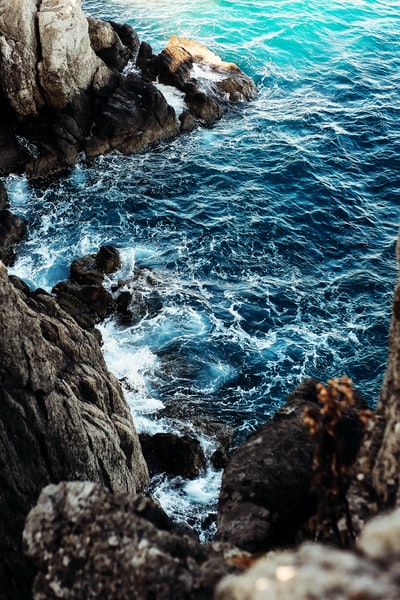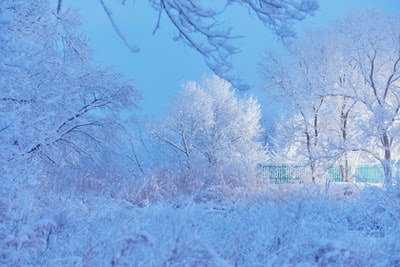 Russia was different to its neighbors to the west. Much, much, much bigger than any European country, it continued to cling to economic and political systems that the rest of Europe had abandoned centuries ago. This was the case in spite of the fact that, since the nineteenth century, its system had been suffering a wide range of severe problems. And these would only get worse once the effects of World War One began to be felt.
Russia was different to its neighbors to the west. Much, much, much bigger than any European country, it continued to cling to economic and political systems that the rest of Europe had abandoned centuries ago. This was the case in spite of the fact that, since the nineteenth century, its system had been suffering a wide range of severe problems. And these would only get worse once the effects of World War One began to be felt.
——————————————————
Main Features of Tsar Nicholas II’s Russia
Here are the main features of Tsar Nicholas II’s Russia in 1914:
* Russia was an Autocracy: this meant that one man had total control, and the general population had no say. That man was Tsar Nicholas II. He firmly believed in this system. The problem was that he wasn’t particularly good when it came to defending it when people tried to oppose him. Previous Tsars had either responded to protests against them by repression (ie. killing or imprisoning people) or reform (making changes to make protesters happy. An example of this was Tsar Alexander II, who freed Russia’s serfs (peasant slaves) in 1861).
* Russian Society was Changing: but the Tsar and his regime refused to recognise it. For centuries, the vast majority of people in Russia lived in the countryside, living in poverty. Until 1861, many of them were serfs, but even after that date they were still in many ways slaves, largely because they did not own the land they lived off, and had to rent it from landowners at extortionate prices.
Most of Russia was still like this, but from the late nineteenth century industrialization finally started to happen in Russia, creating cities with urban workers, such as St. Petersburg. But life as an urban industrial worker was just as difficult as that of a peasant. And when urban workers in St. Petersburg organized a march to ask the Tsar for more bread, the regime’s security people shot them.
These cities also contained middle class people, who held professional jobs such as lawyers. They were educated and looked to more modern, liberal Europe, believing that Russia should modernize and become more like countries such as Britain.Different opposition groups started to form in Russia, such as the Constitutional Democratic Party (known as the Kadets), who wanted Russia to be more like England, Marxist groups such as the Bolsheviks, Mensheviks and Social Revolutionaries.
* Difficult to Govern: Russia was difficult to govern for several reasons. Its size made it difficult to govern, and the size problem was made worse by the fact that many parts of Russia didn’t have roads, let alone railways. Russia was also made up of tens of different ethnic groups, who all spoke different languages and had totally different customs. Economically it was hundreds of years behind the rest of Europe.
* Relied on Key Forces: The regime relied on some key forces that allowed it to exist and prevented it from being overthrown, apart from its own government. These were the Church, which preached that Russians should be happy with their lot and love the Tsar; the Cossacks, a fearsome group of warriors that had served the Tsars for centuries by stopping internal enemies by force; the Okhrana, the regime’s secret police that was always on the lookout for people who opposed the regime and would drag them off to jail when it found them. The army also had an effect on keeping people loyal – though also making some people oppose the Tsar – because it was compulsory for peasants to complete a period of military service.
